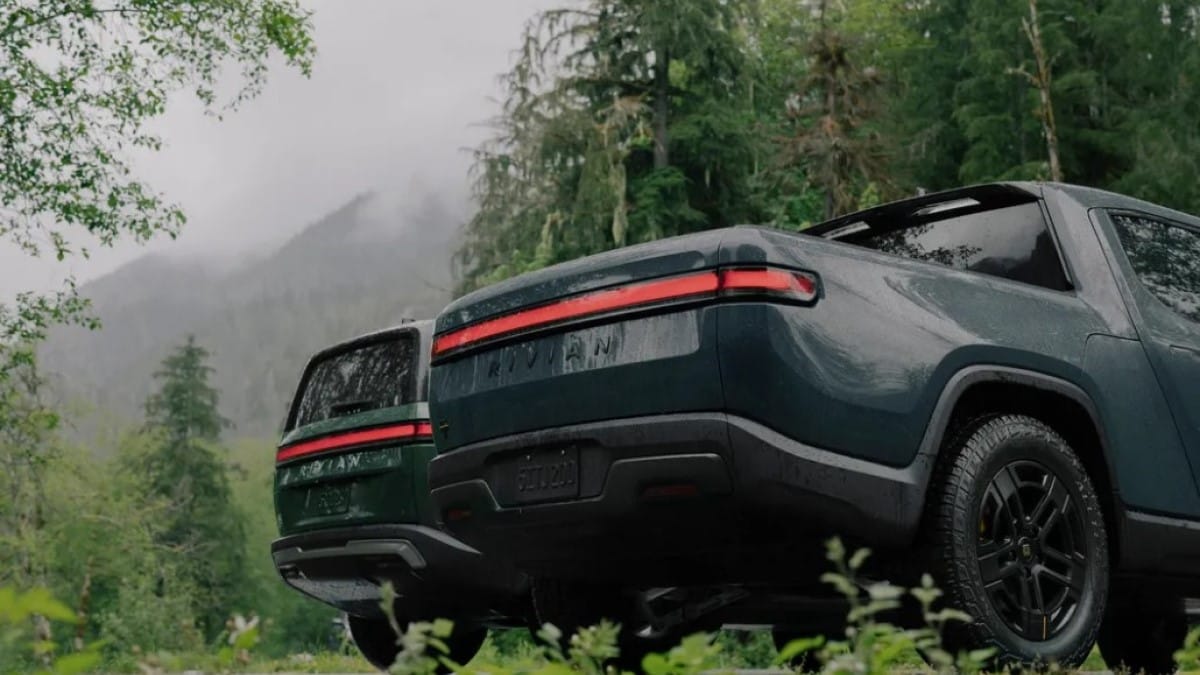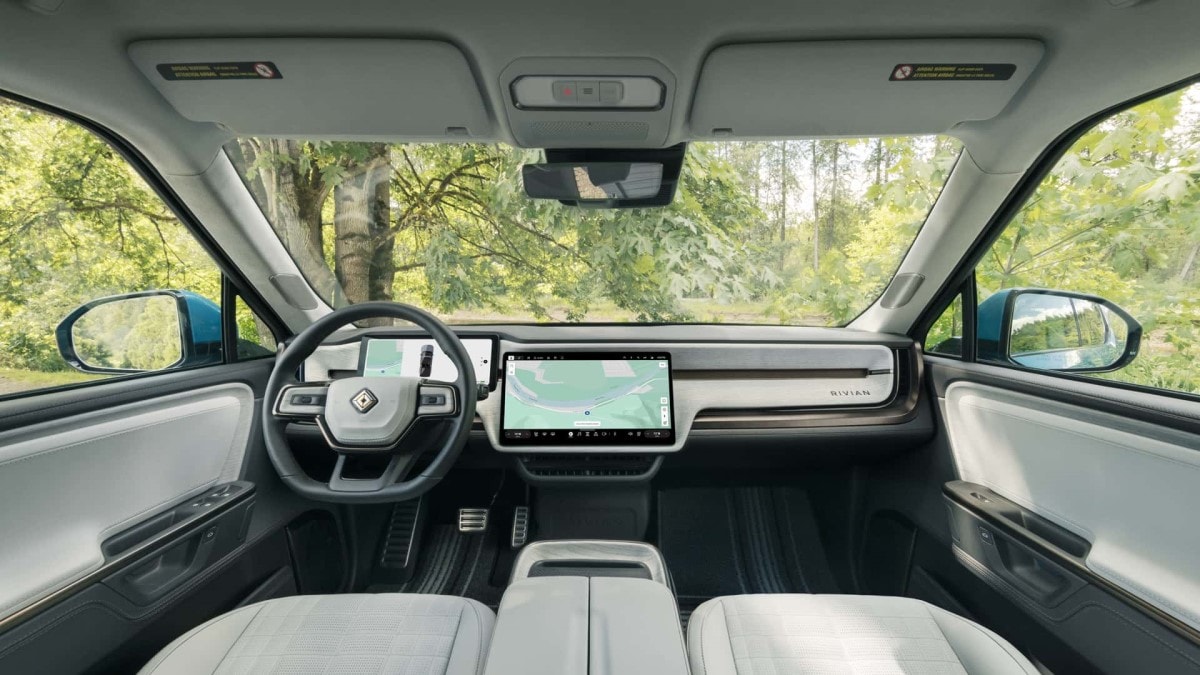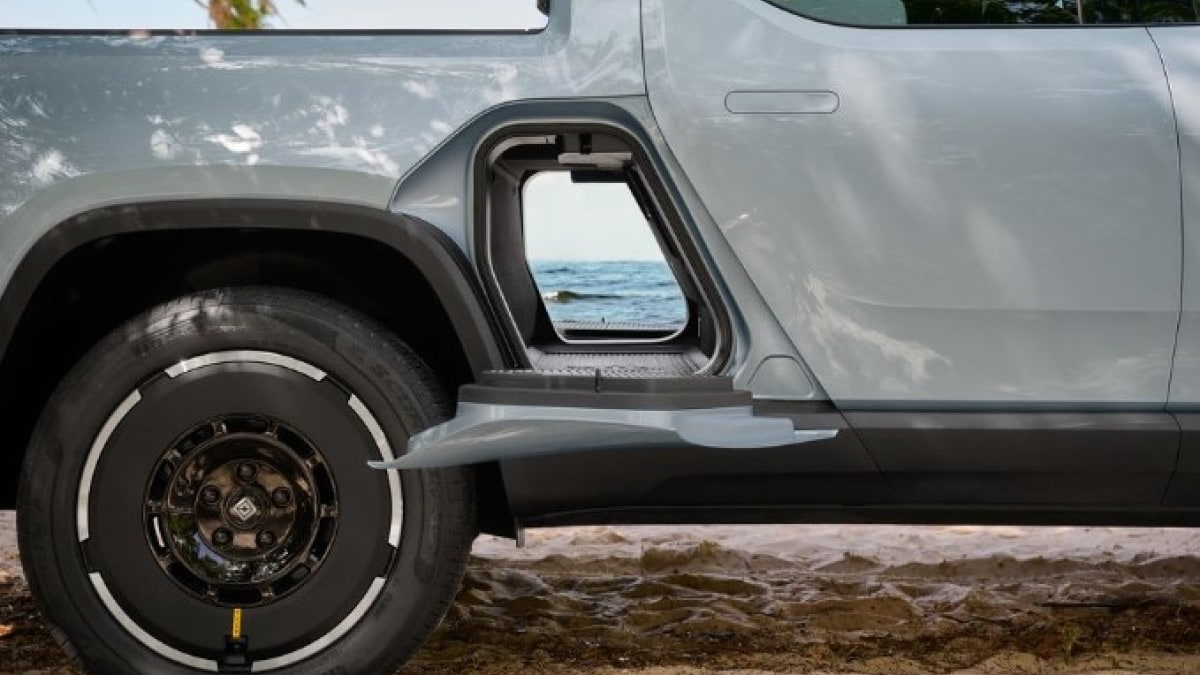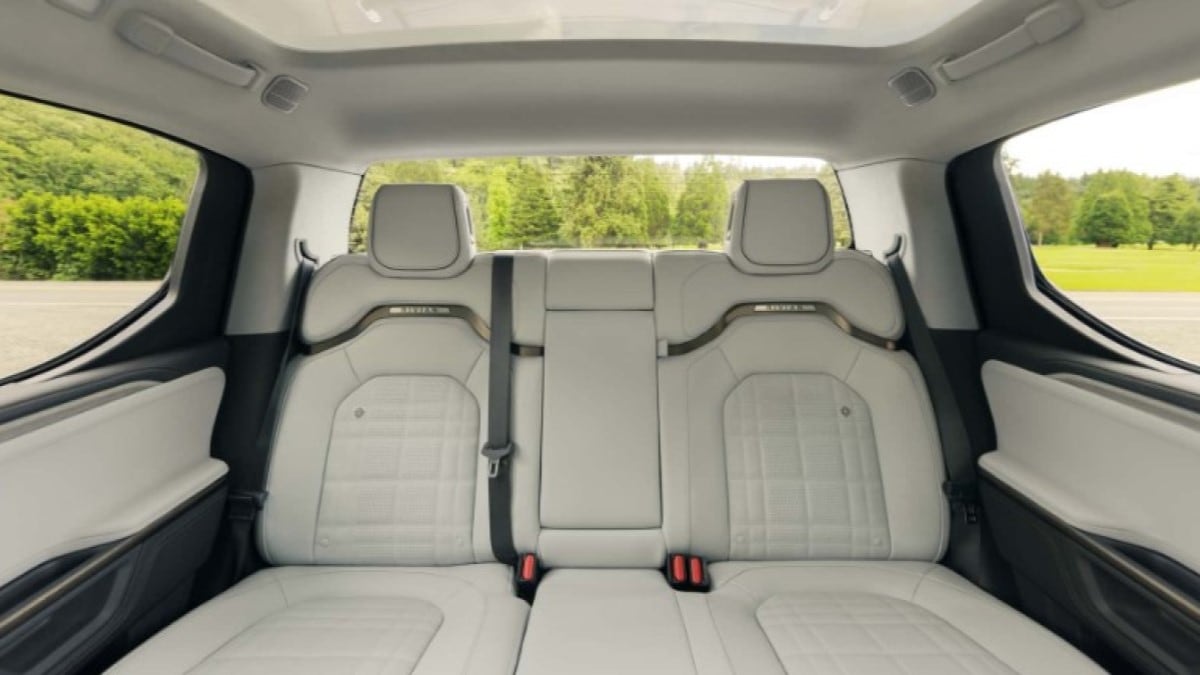Just three years after launching its first products, electric vehicle (EV) startup Rivian has unveiled the second-generation R1S SUV and R1T pickup.
The looks aren't drastic, but the company says “hundreds of hardware improvements, performance upgrades, a completely redesigned software experience, and an evolved in-house drive system” make it fair to consider these a new generation. But the platform remains unchanged; traditional automakers might see this as a thorough mid-cycle refresh rather than a second redesign.
Semantics aside, there's no doubt about the update.
Pricing for the second-generation R1S will start at $77,700, excluding a $1,800 delivery charge, while pricing for the R1T will start at $71,700, including delivery.


3-motor and 4-motor power options
Power appears to remain unchanged for the dual-motor Standard (533 hp) and dual-motor Large/Max (665 hp) models, but the new three-motor version now makes 850 hp, while the four-motor edition goes up to 1,025 hp.
In R1T form, the quad-motor model accelerates from 0 to 60 mph in just 2.5 seconds, and in Launch mode it puts out 1,198 pound-feet of torque, while Rivian claims a similarly equipped R1S SUV will accelerate from 0 to 60 mph in 2.6 seconds.
For the 2025 model year, buyers will have more battery choices: “New Large and Max battery packs feature redesigned modules and more efficient packaging that make them easier to manufacture and service, delivering an estimated range of up to 420 miles,” Rivian said.
But customers who are willing to sacrifice some range for a cheaper price can also opt for a new lithium iron phosphate battery that can go up to 270 miles on a single charge.
New 22-inch tires can be paired with cool aero disc wheels to reduce drag, and “improved suspension and air springs improve on-road ride quality without compromising off-road capability.”
New sound system, tinted glass roof


Inside the car, customers will get the option of a premium audio system with Dolby Atmos Immersion. A new subscription service, Rivian Connect+, will include access to the Apple Music catalog, streaming video via Google Cast, and more than 3,000 apps. Rivian has not released pricing information for the subscription.
A new dynamic glass roof changes color at the touch of a button, and the company has redesigned the touchscreen interface using the Unreal Engine graphics system used in many popular video games.


Updated Autonomous Platform
Buyers will also get a free trial of the new Rivian Autonomy platform until the end of 2024, though pricing after that hasn't been disclosed. The system uses “11 cameras, five radars and AI predictive technology” to keep up with traffic, steer on many highways and change lanes as instructed.
“The premium version of the system, Rivian Autonomy Platform+, has an even wider range of capabilities,” the company said. “Lane Change on Command will be available from the start, while enhanced Highway Assist will be available later this year, along with expanded road coverage.”


Unseen technology updates
Rivian simplified the manufacturing process with technology updates that owners may not notice but that could help the trucks age better over time. Most of today's cars use dozens of low-power microchips, each specialized for a few tasks. Rivian reduced the number of chips in the R1T and R1S to just seven, allowing all its higher-powered models to handle many tasks.
This allows engineers to 1.6 miles Number of wires coming from each vehicle. Fewer parts means fewer chances of failure.
Rivian says the second-generation vehicle has a 15% lower standard lifetime carbon dioxide emissions than the first-generation R1 platform, primarily due to manufacturing and operational efficiencies and material supply chain improvements.
Intensifying competition
When Rivian launched the model, there was very little competition. Today, the R1T joins a growing field of electric pickups that includes electrified traditional options (such as the Ford F-150 Lightning) and Silicon Valley's cutting-edge Tesla Cybertruck. The R1S competes with a growing number of premium electric SUVs, including the BMW IX and Mercedes-Benz EQE SUVs.
Improving its vehicles will certainly help it remain competitive. But Rivian's biggest challenge may be proving it has staying power. With recent reports of rival Fisker's near-certain failure, buyers are increasingly aware of the need to evaluate the company and its products. Surviving long enough to launch a second generation of its flagship product may be the best thing Rivian can do to boost its confidence.
Cox Automotive, the parent company of Kelley Blue Book and Autotrader, has a minority stake in Rivian.

